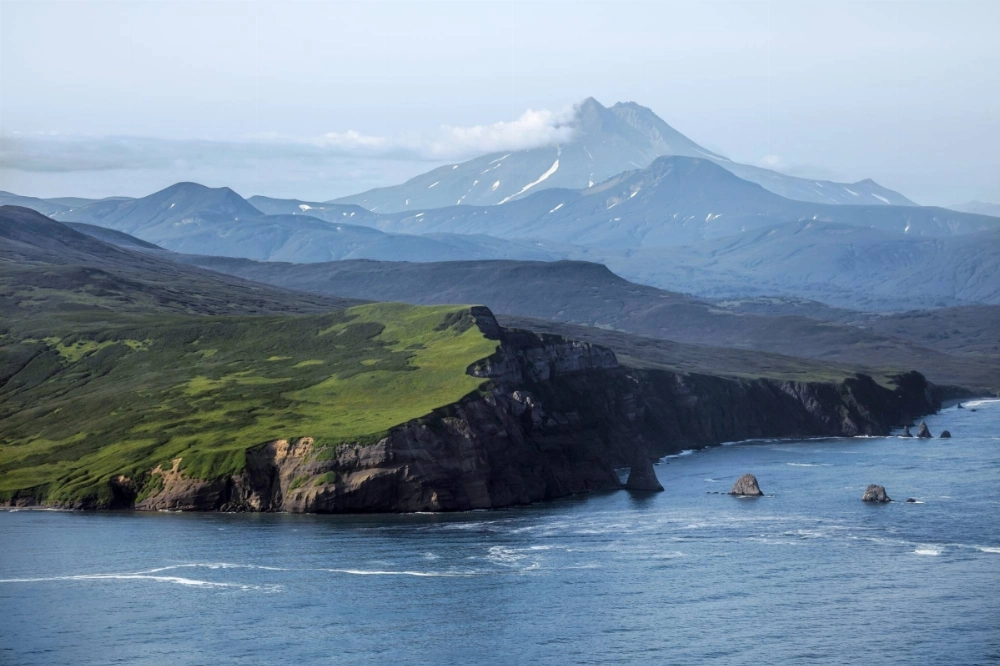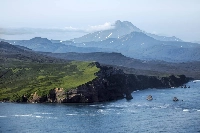A tsunami alert was lifted after a series of powerful earthquakes off the coast of Russia's Far East on Sunday did not result in deadly waves, according to the Russian emergencies ministry.
Earlier on Sunday, the U.S. Geological Survey issued a tsunami alert, forecasting "hazardous waves" after a 7.4-magnitude quake at 0849 GMT, which was the strongest of a series of earthquakes in the northern Pacific Ocean.
The USGS said it expected waves of between 30 centimeters and one meter on Russian coasts, and less than 30 centimeters in Japan and the U.S. state of Hawaii.
"The tsunami threat to populated areas in Kamchatka has passed," said Russia's emergencies ministry a few hours later.
This was also confirmed by the local governor, Vladimir Solodov, who said that by the estimated arrival time of the first wave, "no tsunami has been observed in any populated areas".
However, he warned of possible aftershocks, which are usual during seismic events and can trigger further earthquakes.
The epicenter of the quakes was in the Pacific Ocean, around 150 kilometers east of the city of Petropavlovsk-Kamchatsky, the USGS said.
The series of aftershocks included a 6.7-magnitude quake, it added.
Russia's emergencies ministry wrote on Telegram that it expected waves of up to 60 centimeters in the Commander Islands in the southwestern part of the Bering Sea, and waves of 15 to 40 centimeters in the Kamchatka Peninsula.
The peninsula is the meeting point of the Pacific and North American tectonic plates, making it a seismic hot zone.
Since 1900, seven major earthquakes of magnitude 8.3 or higher have struck the area.



















With your current subscription plan you can comment on stories. However, before writing your first comment, please create a display name in the Profile section of your subscriber account page.